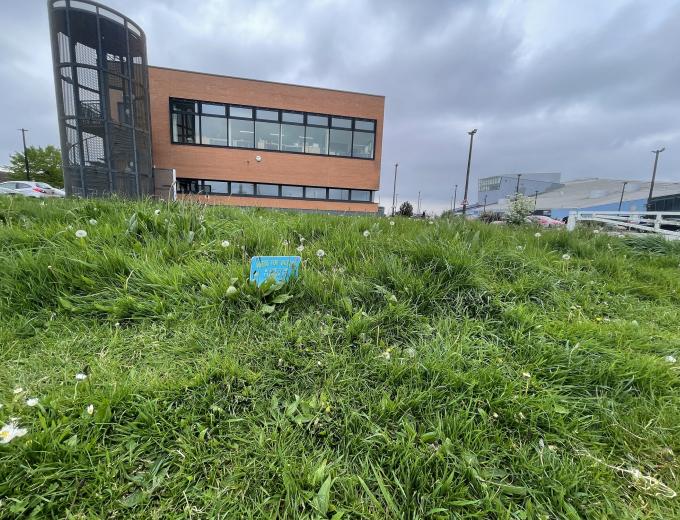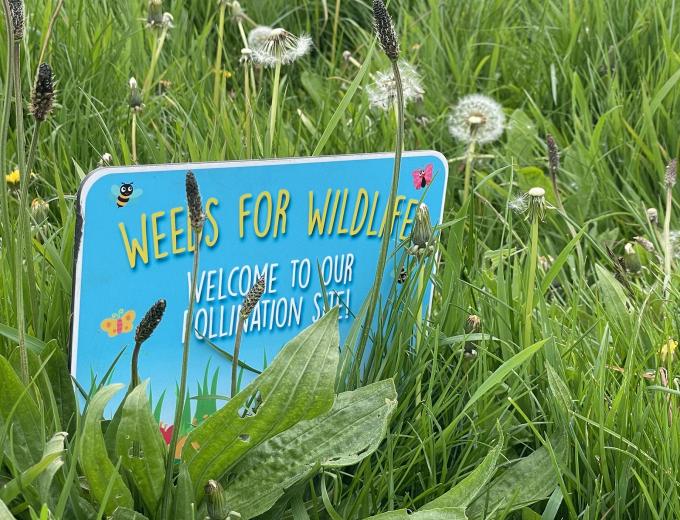Approximately 97% of flower-rich meadows have been lost in the UK since the 1930s, taking away vital food needed by pollinators such as bees and butterflies.
Working in partnership with Hull City Council and the University of Hull, we are allowing weeds to grow in the green spaces around our site, as part of the Weeds for Wildlife campaign. Whilst weeds may seem like a nuisance, they actually provide many benefits for a whole range of native wildlife. For pollinators in particular, weeds can be a lifeline when nectar sources are limited.
Each year, we also take part in No Mow May, Plantlife's campaign which encourages people to avoid mowing their garden lawn in May and beyond. The green spaces around our site have been left to grow wild, helping to support local wildlife.
Common weeds that can be found around our site include:
- Dandelions (Taraxacum officinale), which are a source of nectar for pollinators including bees and beetles, and offer spring colour. They are one of the top-rated nectar producers of any wildflower, and many of the UK's early-season bees – solitary mining and mason bees, for example – thrive on them.
- Ragworts (Jacobaea vulgaris), which are a native plant that provides a source of food for a wide range of insects, including butterflies and moths. The distinctive yellow and black striped caterpillars of the Cinnabar moth may be seen feeding on the foliage.
By leaving your garden lawn to grow in May and beyond, you can help wild plants get a head start on the summer.
A healthy lawn with some long grass and wildflowers benefits wildlife, tackles pollution and can even lock away carbon below ground. With over 20 million gardens in the UK, even the smallest grassy patches add up to a significant proportion of our land which, if managed properly, can deliver enormous gains for nature, communities and the climate.
Click here to register your lawn or green space; this helps Plantlife to better understand the total number and size of lawns the UK is letting grow for nature.
You can also visit their website here to find out the different ways you can encourage wildflowers and nature into your garden.
Don't forget to record any species of flora and fauna found in your garden/green space via the iNaturalist app, and contribute towards building a bigger picture of UK biodiversity.







